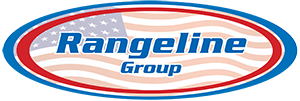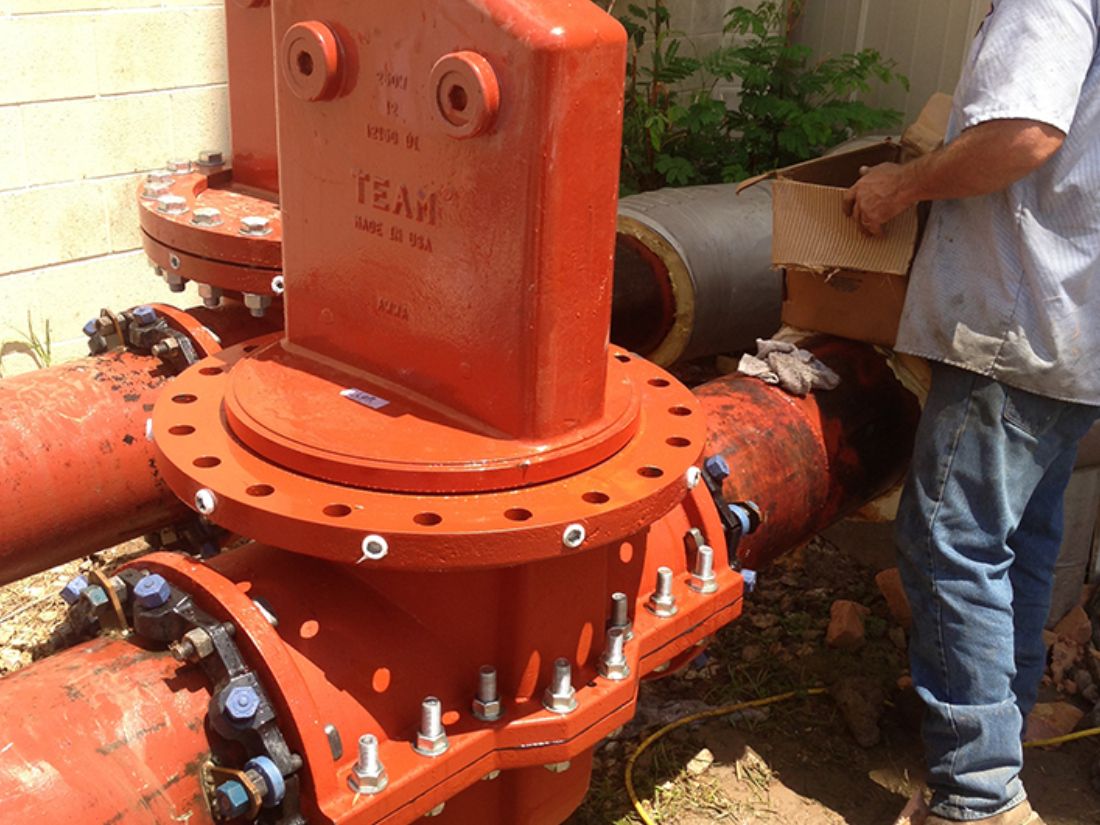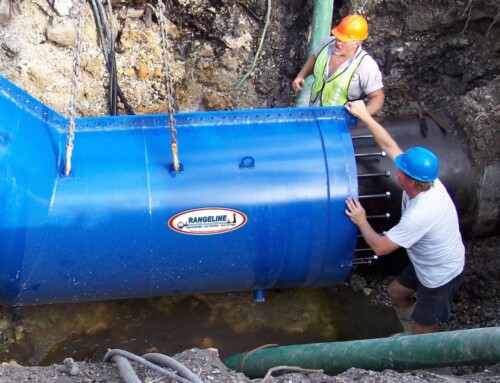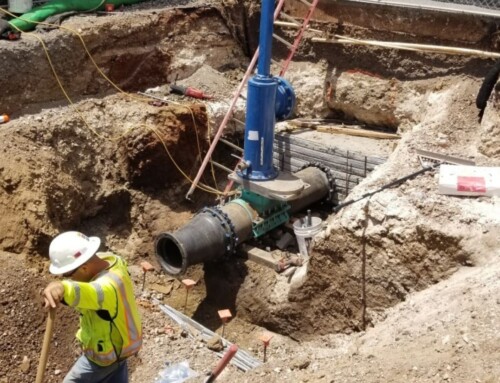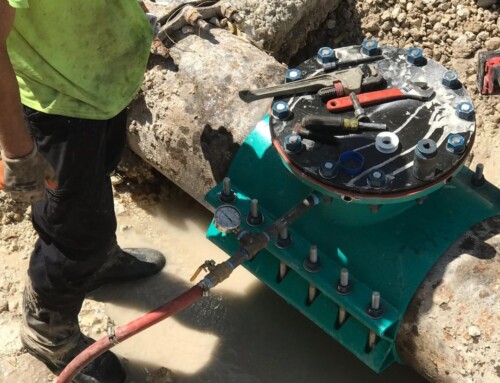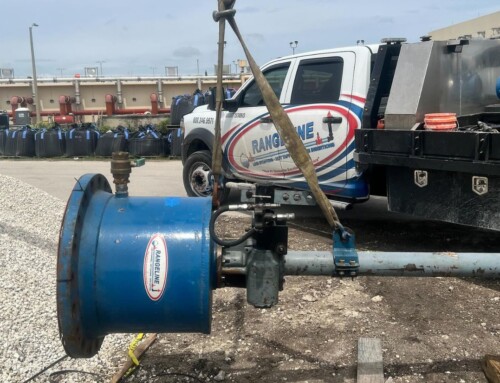Industrial pipelines are the backbone of countless industries, enabling efficient transport of liquids, gases, and other materials. However, over time, these pipelines can accumulate unwanted contaminants that hinder their performance and pose operational risks.
Of course, cleaning these pipelines is not just about clearing blockages but also about maintaining efficiency, extending equipment lifespan, and ensuring environmental compliance. This blog will explore all of these things in more detail so you can get a good look at how industrial pipelines are cleaned.
Understanding Contaminants Found in Industrial Pipelines
Pipelines face a variety of contaminants depending on their function and the materials they transport. These contaminants can build up over time, compromising performance and safety. Below are the most common types of pipeline contaminants you should be aware of.
Organic Deposits
Organic deposits, including sludge, grease, and biofilms, are common in pipelines carrying liquids such as water, oils, and chemicals. These substances can coat the pipeline’s interior walls, reducing flow efficiency and creating potential breeding grounds for bacteria or algae.
Scale and Mineral Deposits
Pipelines carrying water or similar fluids often experience scale buildup over time. High mineral content in water, especially calcium and magnesium, leads to hard deposits that obstruct flow and increase internal friction.
Corrosion and Rust
Corrosion is a serious issue for metal pipelines, often resulting in rust flakes that can accumulate or even cause structural damage. This is particularly prevalent in older lines or those exposed to moisture.
Sand, Gravel, and Debris
For pipelines in construction or industrial settings, grit, sand, and small debris can settle at the pipeline’s base, gradually choking the flow. While this isn’t as common as some other forms of buildup, when it is introduced to a pipeline system, it doesn’t take long for it to back things up.
Chemical Residues
Pipelines used in the chemical industry often retain residual compounds from the materials they transport. These residues can interact with new materials, reducing process efficiency and even causing safety hazards.
Methods for Cleaning Industrial Pipelines
Cleaning methods for industrial pipelines have evolved over the years, adapting to meet the diverse challenges posed by various contaminants. Each method has its strengths and ideal use cases. Here are the primary techniques used today.
Mechanical Cleaning
Mechanical cleaning is one of the most commonly used methods for maintaining pipelines, relying on tools and devices to physically remove buildup. One of the key tools used in this method is the pipeline pig. These specialized devices are inserted into the pipeline to scrape away deposits, often equipped with brushes or blades to handle even heavy or hardened buildup. Some pigs are also equipped with cameras, allowing them to provide valuable visual data for inspection during or after the cleaning process.
For pipelines with numerous bends and corners, flexible scrapers are an effective alternative. They can dislodge debris and scale without causing any damage to the interior structure of the pipe. Mechanical cleaning is widely appreciated for its reliability and is often performed without significant disruption to operations, especially when utilizing a valve insertion service to get the pigs and scrappers right where they need to go.
Chemical Cleaning
Chemical cleaning, on the other hand, involves the use of specific cleaning agents to dissolve or break down contaminants adhering to the pipeline walls. Acids and solvents are commonly used for this purpose, as they are highly effective at removing organic materials, corrosion, and certain inorganic deposits such as scale and rust. Once the chemical agents have done their job, you can flush out the loosened buildup more easily.
However, it’s important to carefully select cleaning agents that are safe for the specific pipeline materials being treated to avoid risks of corrosion or damage. Chemical cleaning is especially advantageous when dealing with specialized deposits you can’t remove effectively through mechanical methods.
High-Pressure Jet Cleaning
High-pressure jet cleaning, also known as water jetting, offers another powerful option for removing pipeline buildup. Standard pressure jets are well-suited for softer obstructions such as mud or accumulated organic matter. For more stubborn buildups, such as hardened concrete or scale, ultra-high-pressure jets—capable of reaching over 20,000 psi—are the best choice. While this method is highly effective, it often requires professional operators due to the safety concerns and complexity involved in managing the equipment.
Foam Cleaning
Foam cleaning is a gentler alternative to chemical cleaning, relying on specially formulated foaming agents. Once injected, the foam expands to cover the pipeline’s interior surface thoroughly, loosening debris without abrasiveness. This technique is ideal for situations where chemicals may be too harsh for certain pipeline materials.
Vacuum Cleaning
Vacuum cleaning excels in removing lighter debris, such as sand, gravel, or leftover particles from gas pipelines. Special suction devices are attached to create a vacuum effect, efficiently clearing loose but non-adherent contaminants. However, this method is less effective on tougher or more compacted buildups.
Flush Cleaning
Flush cleaning is the simplest method, relying on pressurized fluid flow to wash away light obstructions. Though cost-effective, its effectiveness is limited to pipelines with minimal buildup and is not suitable for stubborn contaminants. That’s why it’s typically used after other stronger methods as a way to ensure everything has been cleared out.
The Economic and Environmental Benefits of Regular Cleaning
Now that you’ve seen the various ways that industrial pipelines are cleaned, it’s important to learn about why you should do them regularly. Consistent cleanings aren’t merely a maintenance activity—they’re also an investment that pays off both economically and environmentally. Here’s why businesses should prioritize it.
Improved Efficiency
Clean pipelines operate more efficiently, reducing energy consumption and lowering operational costs. For example, removing mineral deposits decreases resistance to fluid flow, allowing pumps to work less strenuously.
Extended Asset Lifespan
By preventing corrosive buildup and maintaining internal pipe integrity, cleaning extends the life expectancy of pipelines. This can save businesses from costly replacements or repairs.
Minimized Operational Disruptions
Unaddressed pipe blockages can lead to catastrophic disruptions, halting operations and incurring significant losses. Proactive cleaning ensures longer periods of uninterrupted service.
Improved Product Quality
For pipelines carrying food-grade or pharmaceutical materials, cleanliness directly impacts product purity and quality, ensuring adherence to stringent industry standards. Still, even in regular industrial operations, cleanliness is crucial to ensuring your systems run as smoothly as possible.
Environmental Protection
Corroded pipelines or leaks caused by buildup can release harmful substances into the environment. By cleaning pipelines regularly, companies can minimize their environmental footprint and avoid regulatory penalties.
Cost Savings via Reduced Downtime
Innovative techniques like valve insertions allow you to clean sections of pipelines while the rest remain operational. This minimizes expensive downtime, particularly for industries reliant on continuous production.
